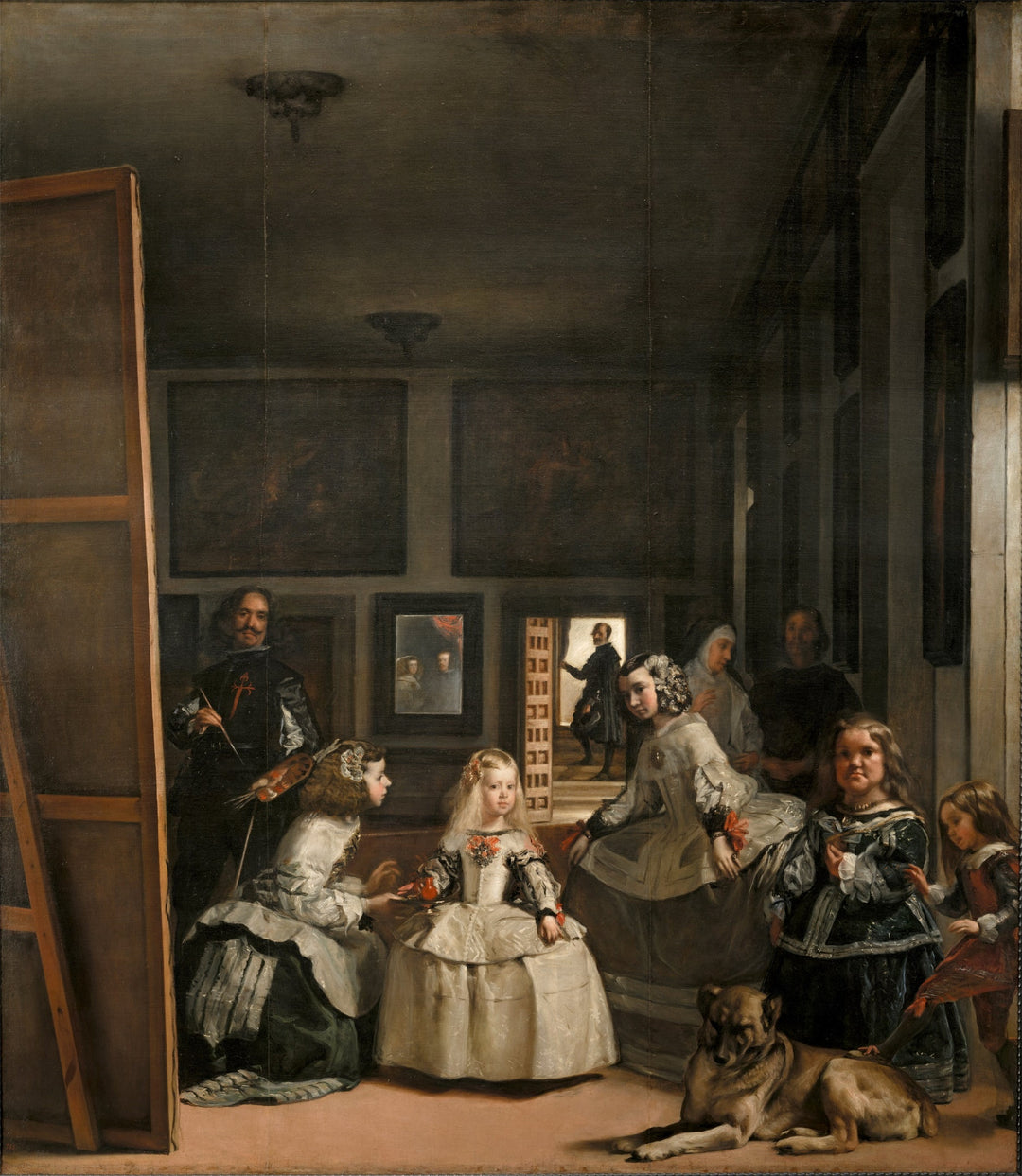
Sfumato
The painting technique called "sfumato", (in Italian, "sfumato") is one of the most significant contributions of the Italian Renaissance to art.
The term "sfumato" comes from the Italian "sfumare", which means "to evaporate" or "to fade like smoke", and refers to the ability to create smooth and gradual transitions between colors and tones. This technique allows for the elimination of hard lines and defined contours, producing a misty effect that gives a sense of depth and volume to the figures. Leonardo da Vinci is the artist most associated with sfumato, and his masterpiece, The Mona Lisa, is a prominent example of this technique.
The creation of sfumato was the result of intense studies and the pursuit of naturalism and the Renaissance of an image capable of perfectly portraying the transition between light and figure, based on precise observation of nature. The artists of this time intensely studied light and shadow, as well as human anatomy, to improve realism in their paintings. Besides Leonardo, other Renaissance artists who employed sfumato include Correggio and Giorgione. Correggio, for instance, used this technique in his works to achieve effects of softness and luminosity, while Giorgione used it to give an atmospheric touch to his landscapes and portraits.
Later, the great Sevillian artist, Diego Velázquez, would take this technique to a higher level with his masterpiece called "Las Meninas", achieving different levels of definition in the painting to convey a sense of depth never seen before.



